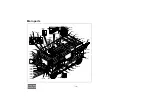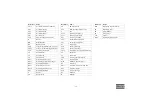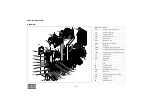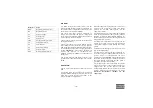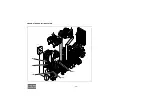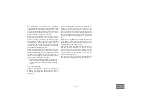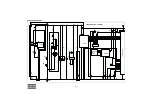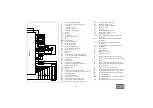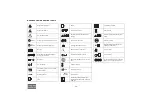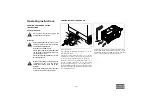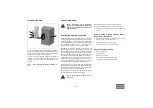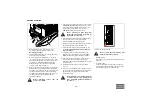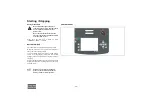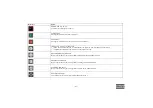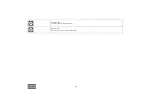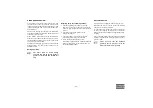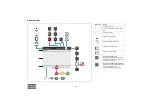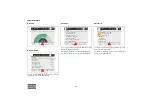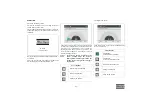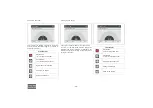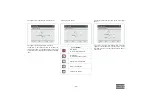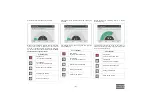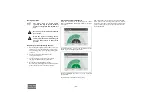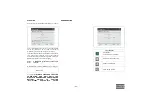
- 29 -
BEFORE STARTING
1. Before initial start-up, prepare battery for
operation if not already done. See section
Recharging a battery.
2. Check that the draining caps in the spillage-free
frame are firmly tightened.
3. With the compressor standing level, check the
level of the engine oil. Add oil, if necessary, to the
upper mark on dipstick. Also check the engine
coolant level. Consult the Engine Operation
Manual for the type of coolant and type and
viscosity grade of the engine oil.
4. Remove the air receiver drain plug (1), see figure,
and open the valve to drain possible condensate.
Close the valve when oil comes out and reinstall
the drain plug. The interval between draining
operations may be determined by experience, as
the amount of condensate depends on the
operating condition.
5. Check the level of the compressor oil. See section
Check compressor oil level. The pointer of oil
level gauge (OLG) should register in the green
range. Add oil if necessary. See section
Compressor oil for the oil to be used.
6. Check that the fuel tank contains sufficient fuel.
Top up, if necessary. Consult the Engine
Operation Manual for the type of fuel.
7. Drain any water and sediment from the fuel filters
until clean fuel flows from the drain cock.
8. Empty the dust trap of each air filter (AF). See
section Replacing the filter element and the
safety cartridge.
9. Clogged air filter(s) will be indicated on the
display of the control panel, see section Fault
codes. If indicated, replace the filter elements.
10. Check coolant level in engine coolant top tank
integrated in radiator. Top up, if necessary.
Consult the Engine Operation Manual for coolant
specifications.
11. Attach the air line(s) to the closed air outlet
valve(s).
12. Use hoses with suitable pressure rating and fit for
the environmental conditions. Always install the
pull relief (2), see figure. Inspect hoses and
connections daily.
13. Select fuel supply mode.
•
Internal supply.
Move the lever of the fuel selection supply valve
upwards.
•
External supply.
Connect the supply and return hose to the fuel
nipples at the fuel funnel. Move the lever of the
fuel selection supply valve downwards.
Before draining, ensure that the
pressure is released.
(1)
(2)
Before removing oil filler plug (FP),
ensure that the pressure is released by
opening an air outlet valve.
No external force may be applied to the
air outlet valve(s), e.g. by pulling hoses
or by connecting equipment directly to
the valve(s).
Do not switch the fuel selecting lever
when the unit is in operation!
Summary of Contents for XRVS 1300 CD7
Page 2: ......
Page 20: ... 20 PNEUMATIC REGULATING SYSTEM AR RV CEhp CElp BOV TV UA ...
Page 95: ...Dataplate 95 ...
Page 100: ... 100 ...
Page 101: ......
Page 102: ......


